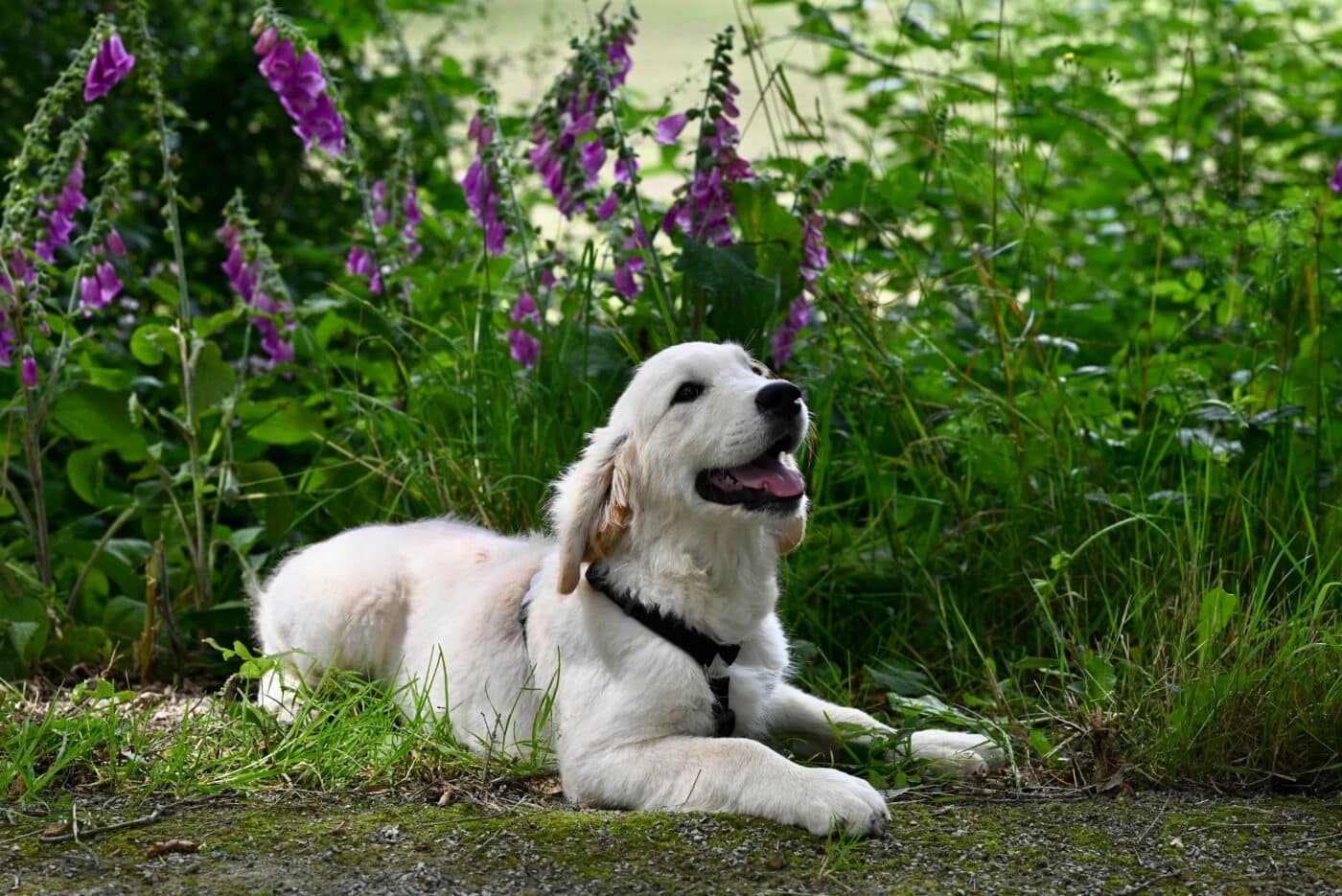 Shutterstock
Shutterstock
A happy dog is a joy, but recognizing true happiness in our canine companions goes beyond wagging tails. Dogs express contentment, security, and well-being in unique ways, and learning to read these signs helps you understand how well they feel in your care. From relaxed body language to playful antics and affectionate gestures, a truly happy dog displays behaviors that signal comfort and joy. By identifying these signals, you can be reassured that your dog is thriving, strengthening your bond and ensuring their overall well-being.
Relaxed Body Language
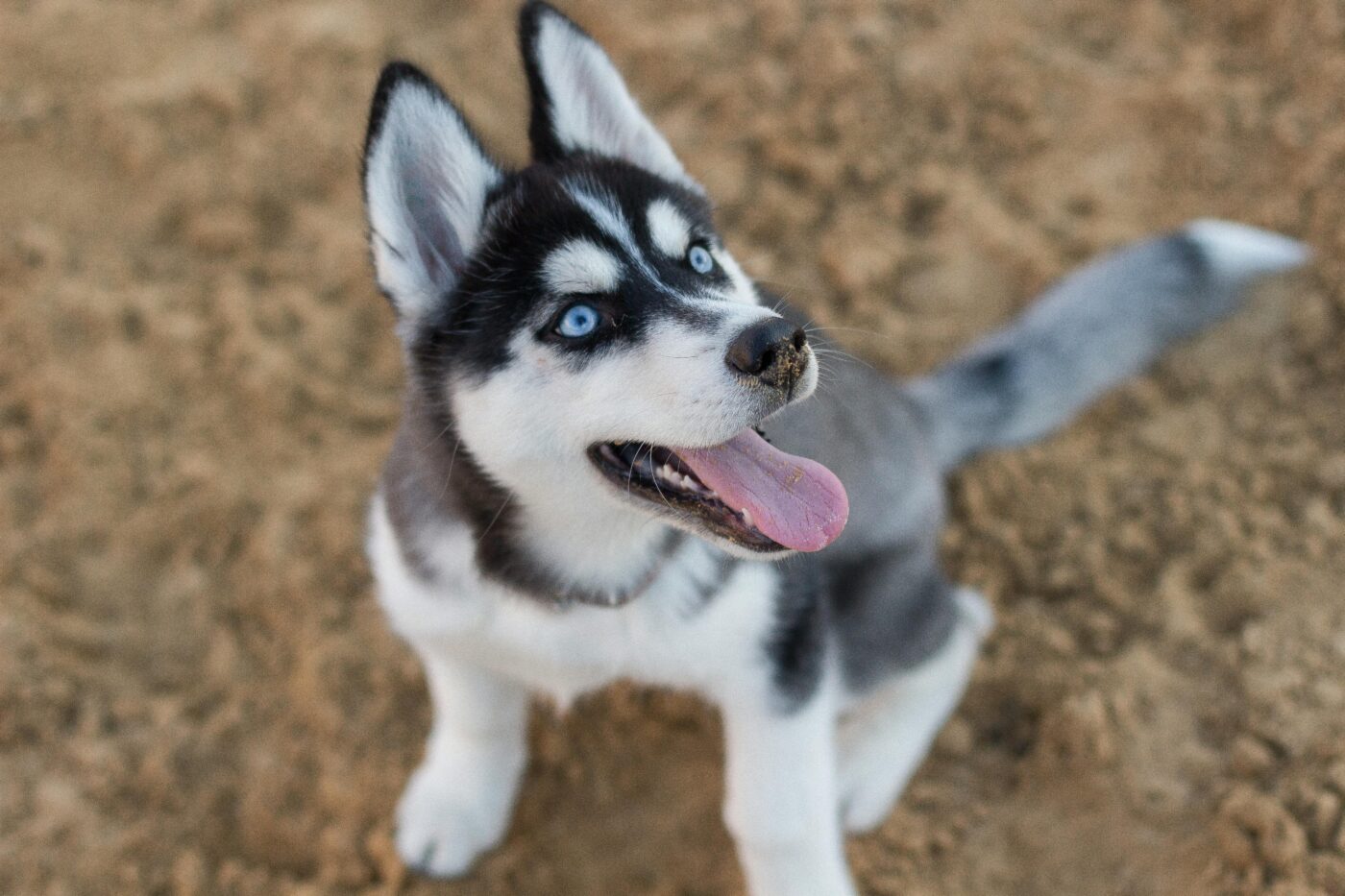 Shutterstock
Shutterstock
One of the clearest indicators of a dog’s happiness is relaxed body language. A happy dog often has a loose, relaxed posture, with soft eyes and a wagging tail at a neutral height. When dogs feel safe and content, they display an open, friendly stance, often lying with their belly up or stretched out comfortably. These relaxed positions show they feel secure and have no reason to be on guard. Watching for these relaxed body signals can ensure your dog is comfortable and at ease in its surroundings.
Playful Behavior
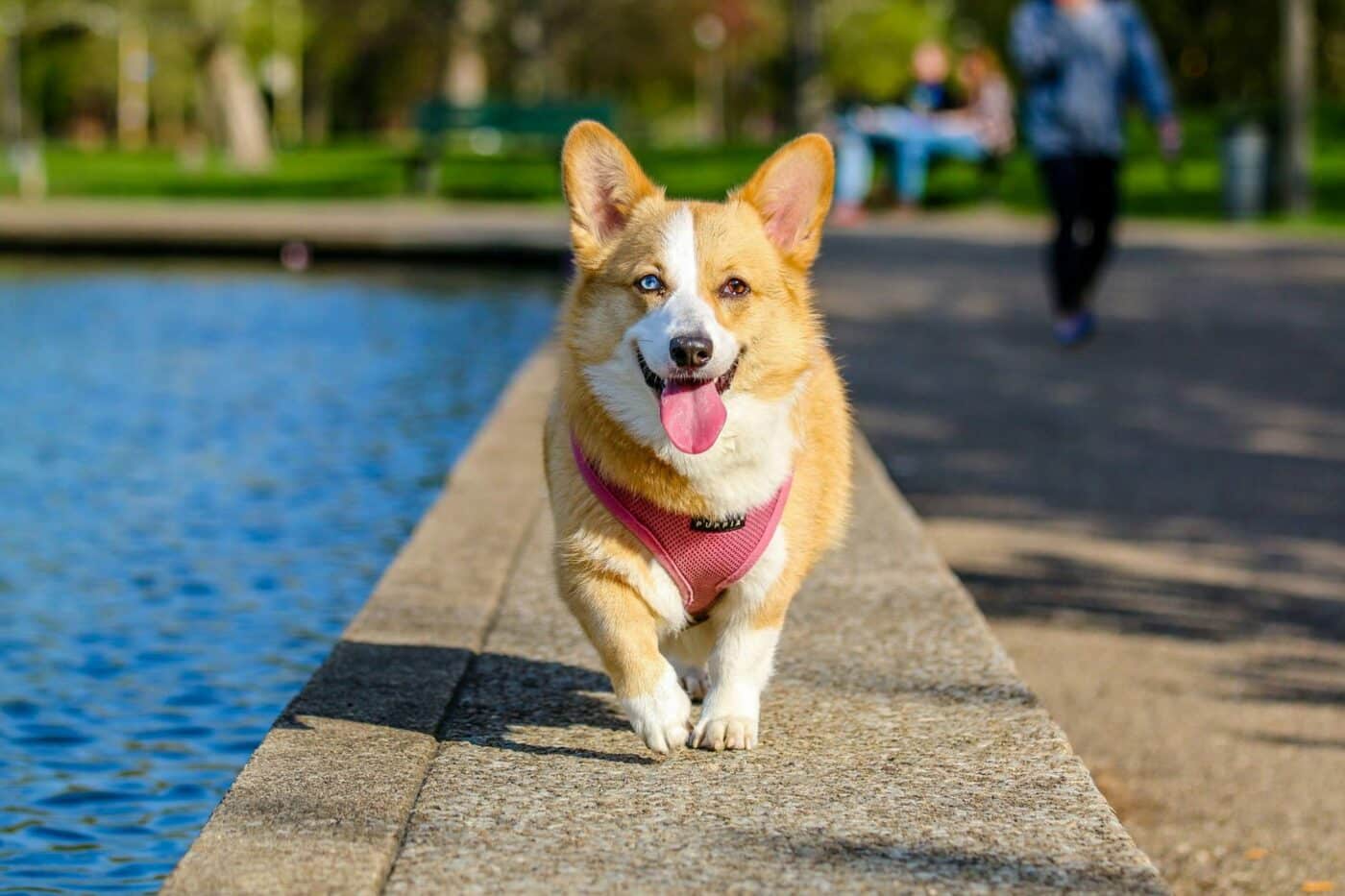 Shutterstock
Shutterstock
Playfulness is a classic sign of a happy dog. Whether they invite you to throw a ball, chase them around the yard, or initiate a game of tug-of-war, playful behavior shows that your dog feels energetic and joyful. Dogs who play with their owners, other dogs, or even toys release pent-up energy healthily. Happy dogs often give you the “play bow,” lowering their front half with their tail wagging. This playful stance is their way of inviting fun and signals they’re in a positive mood.
Frequent Tail Wagging
 Shutterstock
Shutterstock
A wagging tail is often one of the dogs’ most recognizable signs of happiness. However, not all tail wags are the same. A truly happy dog wags their tail in a relaxed, sweeping motion at mid-height, showing excitement and affection. Dogs may even “wag their whole body,” letting you know they’re thrilled to see you or are excited about an activity. A happy tail wag is loose and carefree, indicating comfort and friendliness. Pay attention to this relaxed tail movement, which often reflects a happy, content dog ready to engage with the world.
Appetite and Interest in Food
 Shutterstock
Shutterstock
A happy dog usually has a healthy appetite and shows interest in its food. Dogs who eagerly wait for mealtime or look forward to treats display a positive mood and contentment. While appetite alone isn’t a perfect measure of happiness, a lack of interest in food can sometimes signal discomfort or distress. Happy dogs are curious about their meals and show excitement when it’s time to eat. If your dog is a healthy eater, it’s often a sign they’re feeling good and comfortable in their environment.
Affectionate Behavior
 Shutterstock
Shutterstock
Affectionate behavior, like cuddling, leaning against you, or following you from room to room, is a great sign that your dog is happy and bonded to you. Dogs who seek physical closeness and enjoy your touch express trust and security. When dogs feel comfortable and safe, they show it through affectionate gestures, including nudging your hand for pets or resting their heads on your lap. This closeness is their way of showing love, indicating that they feel at ease and happy in your presence.
Playful Zoomies
 Shutterstock
Shutterstock
Happy dogs are known for their bursts of energy, often expressed through the adorable “zoomies.” This phenomenon, formally known as Frenetic Random Activity Periods (FRAPs), is when a dog suddenly starts running in circles, darting around the room, or racing across the yard excitedly. Zoomies are a joyful release of energy and typically indicate that your dog feels upbeat and full of life. These playful episodes express happiness, and seeing your dog dash around with excitement is a wonderful sign of their well-being.
Enjoys Socializing with Other Dogs and People
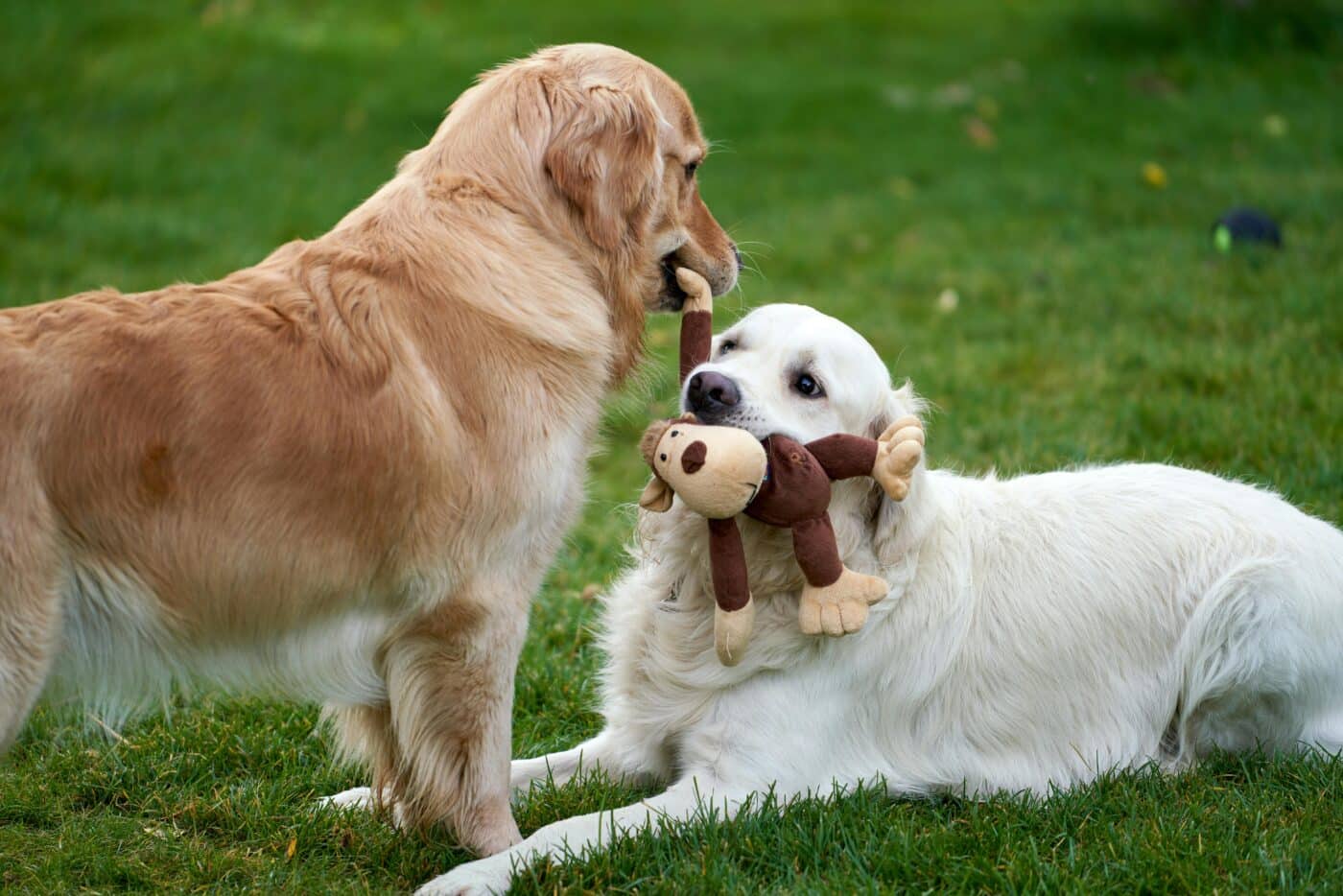 Shutterstock
Shutterstock
Social engagement is another indicator of a dog’s happiness. A happy dog is usually comfortable around other dogs and people, displaying friendly behavior like sniffing, wagging their tail, and engaging in play. Dogs that feel secure and happy are generally open to social interaction, showing curiosity rather than fear or anxiety. They’ll easily approach other dogs and people, inviting play or friendly attention. A dog’s comfort with socializing is a good measure of their emotional health, as a happy, well-adjusted dog enjoys being part of the action.
Calm and Content at Home
 Shutterstock
Shutterstock
A truly happy dog feels comfortable and calm in their home environment. They don’t display anxious behaviors like excessive barking, chewing, or pacing. Instead, they’re relaxed, able to lie down comfortably and remain at ease alone or with family. Dogs who feel content in their space often lounge in their favorite spots, showing they feel secure in their surroundings. A dog’s ability to relax at home without stress is a solid sign that they are happy, secure, and comfortable daily.
Curious and Exploratory Behavior
 Shutterstock
Shutterstock
Curiosity is a key trait of a happy dog. Dogs who are content and confident in their environment are more likely to explore, sniff around, and investigate new things. This curiosity is a sign of comfort and mental stimulation, showing they feel safe enough to engage with the world around them. Happy dogs are more likely to display this exploratory behavior indoors and outdoors. Encouraging your dog’s natural curiosity by providing new experiences and environments can help nurture their happiness and satisfaction.
Sleeping Well
 Shutterstock
Shutterstock
A happy dog tends to sleep soundly, showing they’re relaxed and comfortable. Dogs who feel safe and secure in their environment are likelier to rest well without frequent disturbances or restlessness. Happy dogs often have a predictable sleep routine, including naps throughout the day and peaceful sleep at night. If your dog sleeps well and wakes up refreshed and ready to play, it strongly indicates their physical and emotional well-being. Good sleep is essential for a dog’s health; restful sleep often reflects a happy, content dog.
Gentle Eye Contact and a “Smiling” Expression
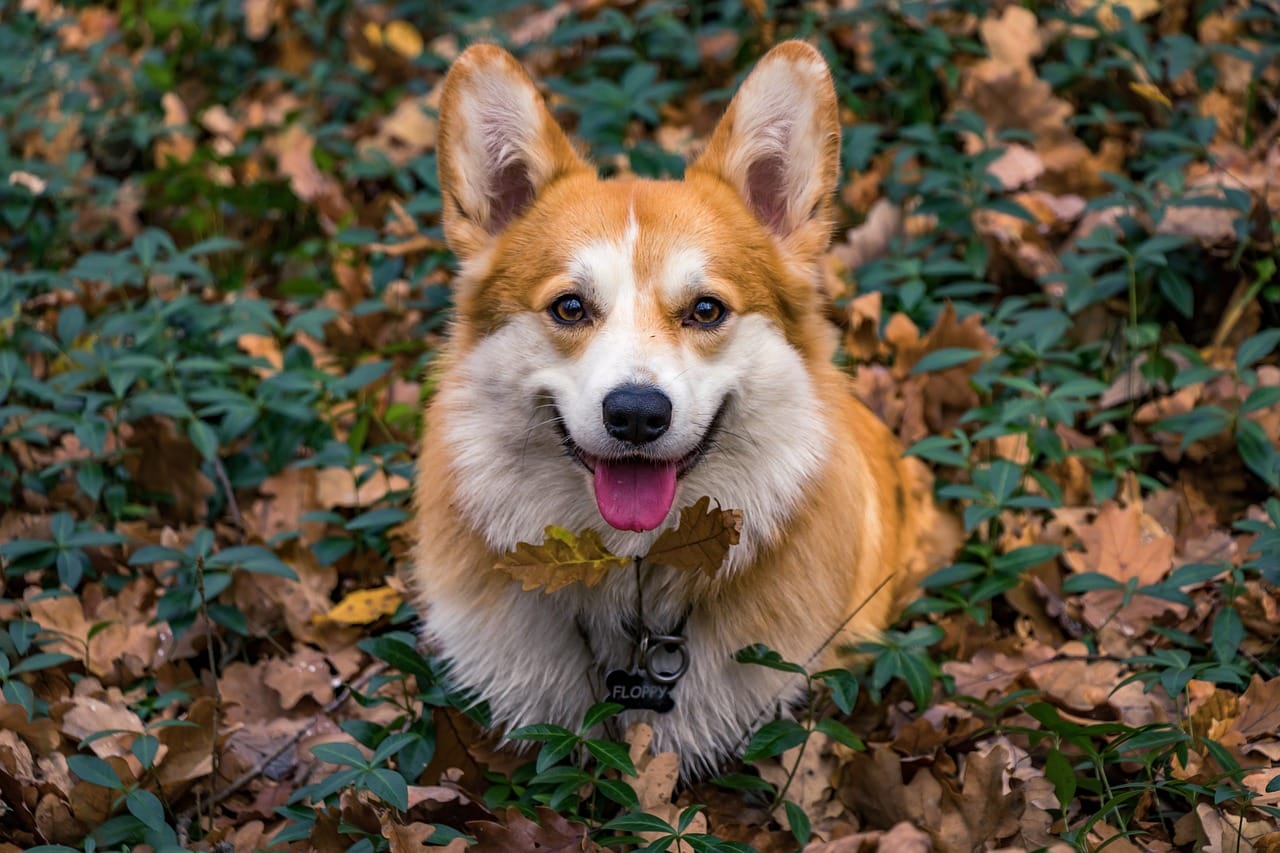 Shutterstock
Shutterstock
Dogs often communicate happiness through their facial expressions. Gentle eye contact, relaxed facial muscles, and even a “smiling” mouth indicate your dog is content. Happy dogs tend to have soft, relaxed eyes and an open, loose mouth, giving them a joyful expression that resembles a smile. Eye contact is a way dogs build trust and connect with their owners, so if your dog gazes at you with relaxed eyes, it’s a sign of affection and happiness. A happy dog’s expression can truly say it all, reflecting their overall contentment and joy.
Your Dog’s Living the Good Life
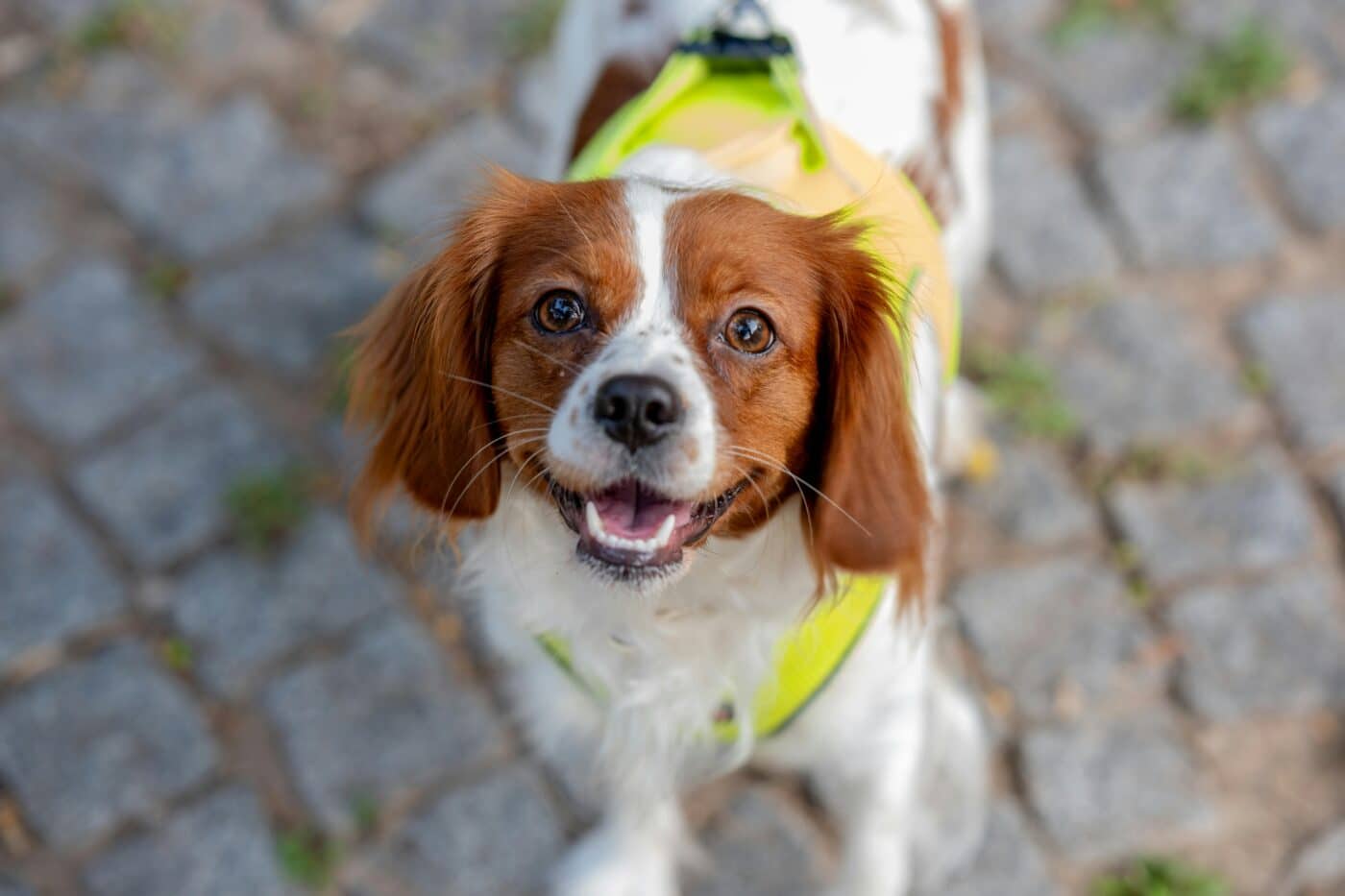 Shutterstock
Shutterstock
Watching your dog happy, healthy, and content is one of the most rewarding parts of pet ownership. Dogs express joy through playful zoomies, soft eye contact, and cozy naps. When your dog shows these signs, you can feel assured they thrive in your care. Recognizing and nurturing these moments strengthens your bond and brings joy to both of you. So, keep an eye out for those wagging tails and curious sniffs—each one is a sign that your dog is living their best life by your side.
 Toledo, United States.
Toledo, United States.